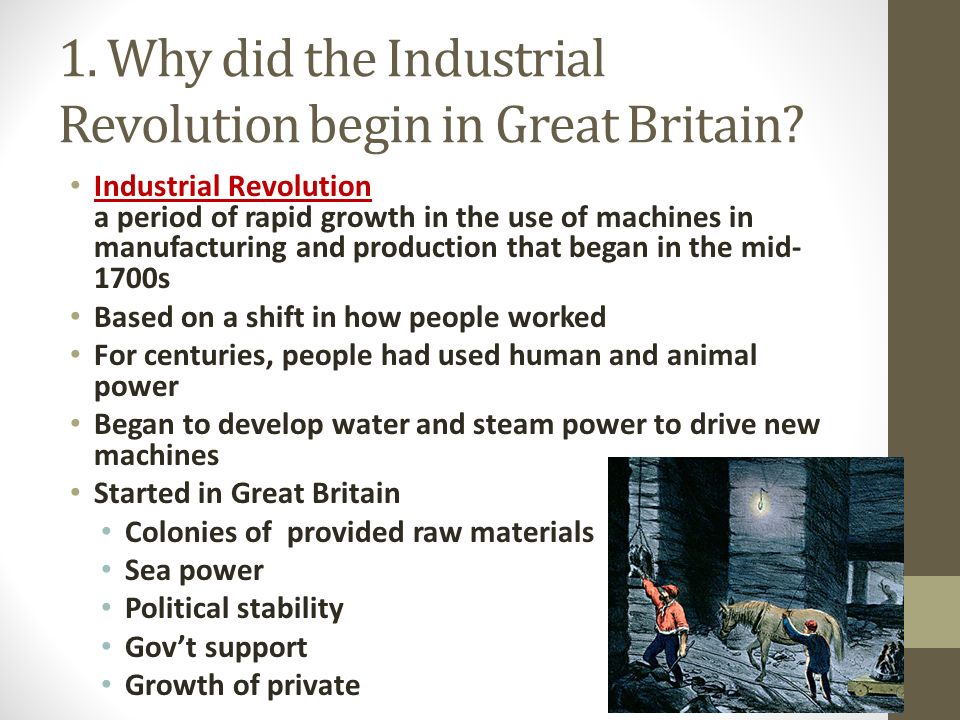Analysis Of August 2026: There Will Come Soft Rains.
Analysis Of August 2026: There Will Come Soft Rains By Ray Bradbury 1080 Words 5 Pages Ray Bradbury crafts the tale of a futuristic house and its ultimate down fall to communicate his message to the readers in a way that will stay with them long after they have finished reading.
Analysis Of August 2026 By Ray Bradbury 833 Words 4 Pages In “August 2026,” by Ray Bradbury, a story unfolds of an uninhabited, automated house in the middle of a nuclear destruction site.

August 2026: There will Come Soft Rains Essay Sample “There will Come Soft Rains” is a short science fiction story written in 1950 by Ray Bradbury. The entire story focuses on the setting of a mechanical house winding down its days. The house is a representation of humanity and technology.

Analysis Of The Story ' August 2026 ' There Will Come Soft Rains ' Essay - The story “August 2026: There Will Come Soft Rains” by Ray Bradbury uses a third person omniscient point of view. This point of view helps convey the theme that we (humans) are temporary and that all things are temporary even if we or they believe otherwise.

In “August 2026: There Will Come Soft Rains”, a short story by world renown author Ray Bradbury, the narrator tells the story of a house in Allendale California, in the year 2026. The setting in this short story is very particular; it is set in a post-apocalyptic world that most likely illustrates the aftermath of a devastating nuclear war.

Bradbury’s short story, There Will Come Soft Rains, describes the extinction of mankind after a nuclear holocaust in the year 2026. The story follows the actions of an artificially intelligent house that continues along its daily duties despite the death of the owners.

There Will Come Soft Rains Analysis “There Will Come Soft Rains” was first published in 1950, seventy-six years before the events of the story take place. At that time, 2026 seemed like a distant.

August 2026: There will Come Soft Rains “There will Come Soft Rains” is a short science fiction story written in 1950 by Ray Bradbury. The entire story focuses on the setting of a mechanical house winding down its days. The house is a representation of humanity and technology.

From battling against each other to not caring about the welfare of another, both literary works show, in their own way, the themes that they use are the same. After reading the story “August 2026: There Will Come Soft Rains”, readers may understand the warnings and messages about war and technology embedded in the plot.

By including the significant poem “There Will Come Soft Rains,” Bradbury shows that he is intensely concerned with warning us of our own demise, which we induce through the phenomenon of impending war- a war of man, a war unfit for nature.Following the poem is Bradbury’s sudden shift to a description of the house ablaze.

When the voice receives no response, it picks Sara Teasdale’s There Will Come Soft Rains, remarking that it’s Mrs. McClellan’s favorite. The voice reading poetry recites lines that describe a beautiful country scene. Rain, birds, frogs, and plum trees contribute to a beautiful day.

The house desperately tries to save itself, but fails. Ray Bradbury’s “There Will Come Soft Rains” presents many themes, including that human values are becoming lost, arguing that people cannot control their outcome; however, the greatest truth presented is that nature will live on without humans and humanity.

The Theme of War in August 2026: There Will Come Soft Rains by Ray Bradbury and There Will Come Soft Rains by Sarah Teasdale (607 words, 2 pages) Within seconds all is destroyed buildings, people, animals, but nature still thrives in every way.



